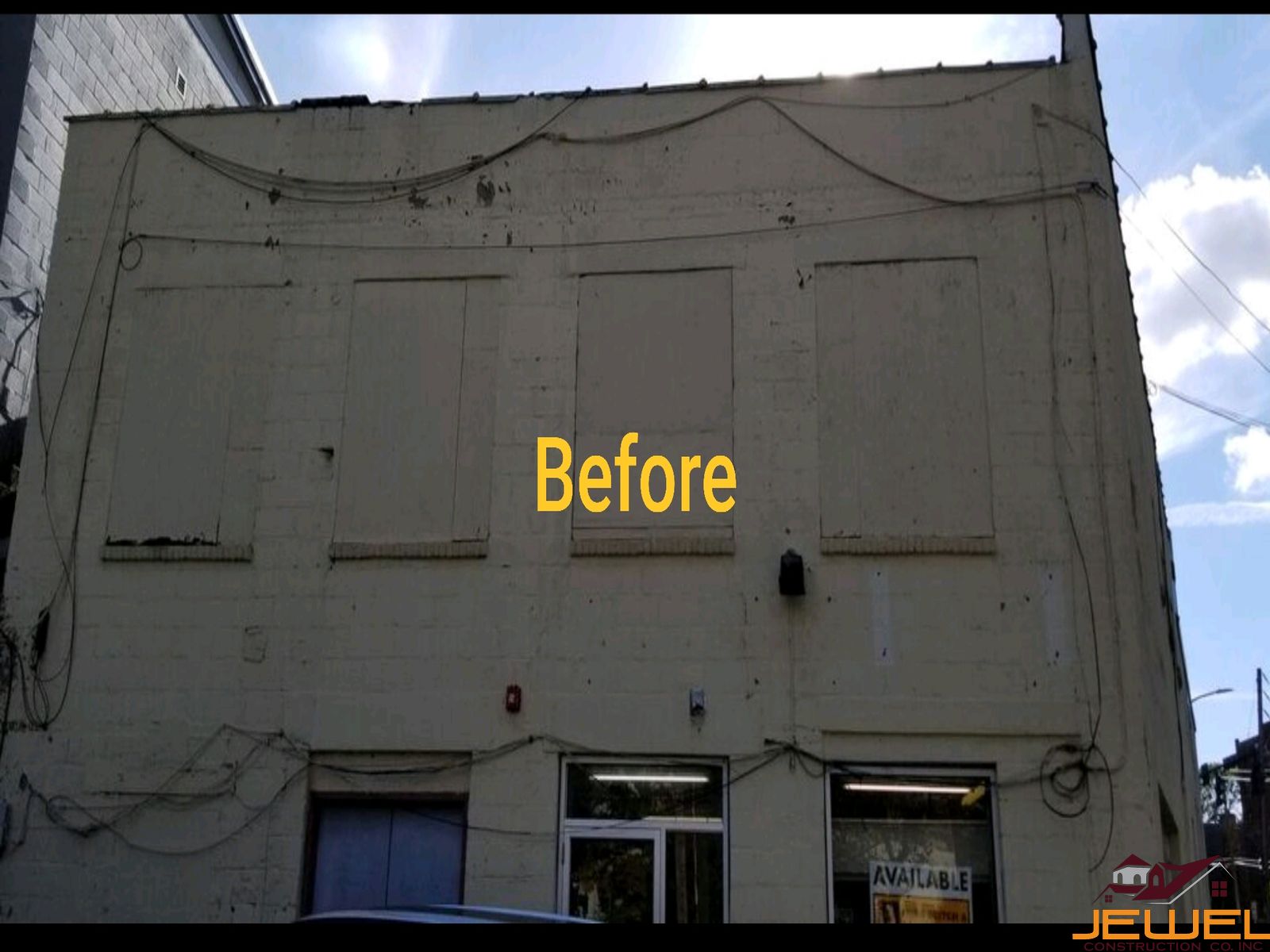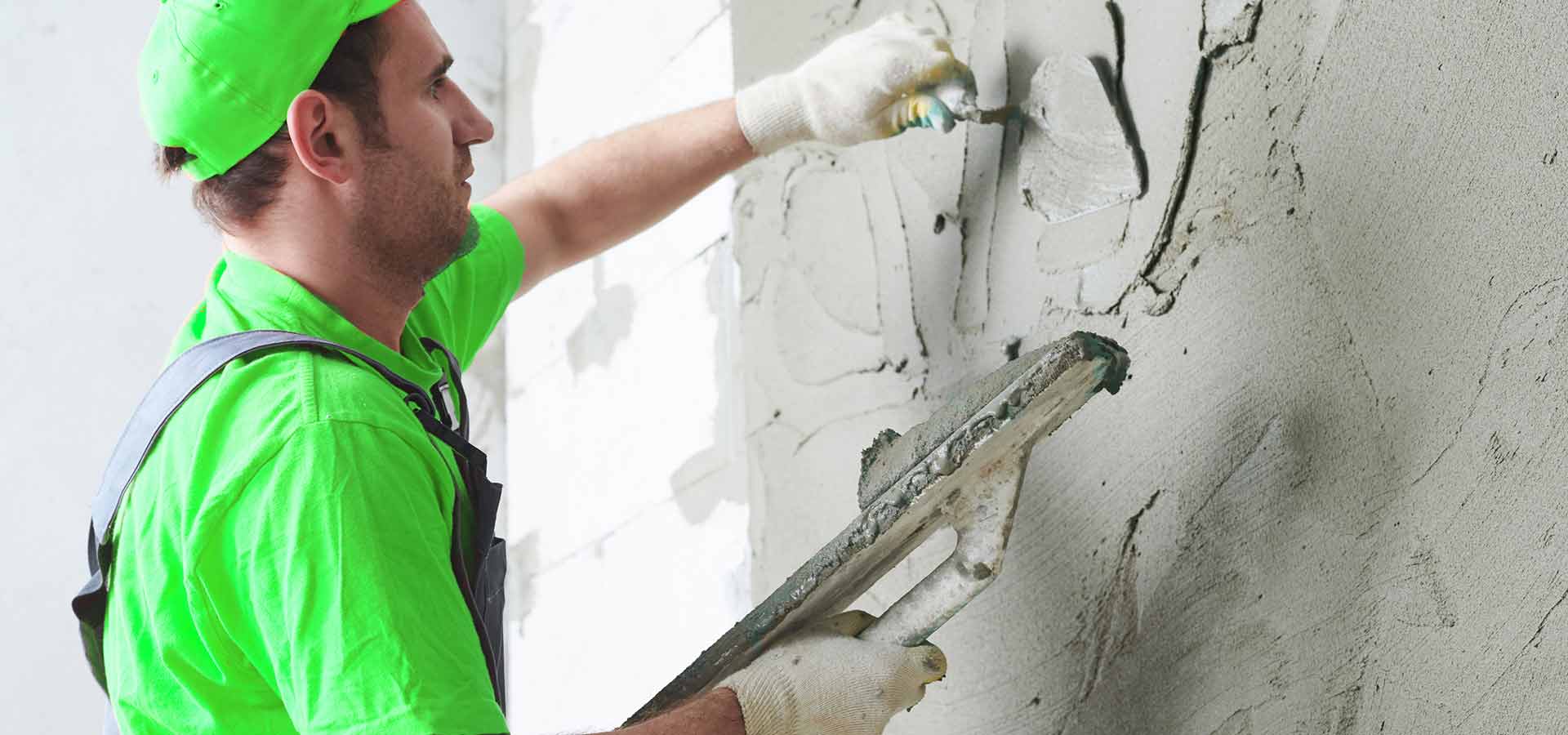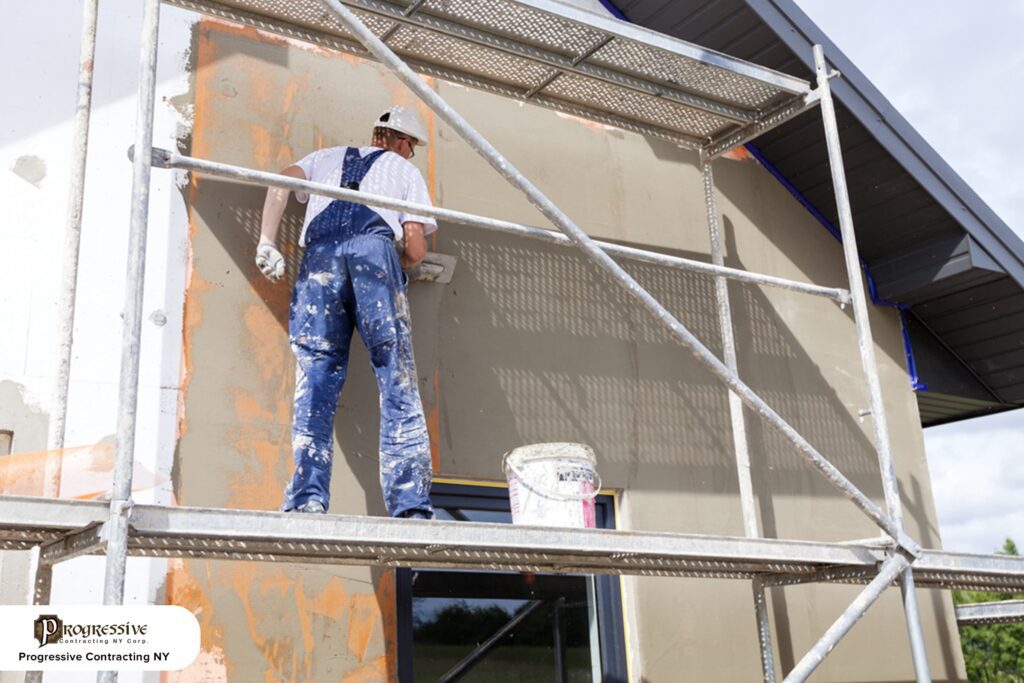Why You Ought to Purchase an Expert Stucco Contractor for Your Structure
Why You Ought to Purchase an Expert Stucco Contractor for Your Structure
Blog Article
Discovering the Adaptability of Stucco in Modern Architecture
Stucco has long been recognized for its visual allure and versatility, yet its function in modern style warrants a closer exam. By exploring its cutting-edge applications, from striking facades to energy-efficient layouts, one can value how stucco is redefining the limits of architectural expression.
Historic Relevance of Stucco
The historical relevance of stucco is extensive, as it has played an essential role in architectural techniques throughout different cultures for centuries. Coming from ancient worlds, stucco was utilized by the Egyptians and Greeks as a resilient and functional coating for both exterior and interior surfaces. Its adaptability to different climates and capacity to imitate much more expensive products made it a preferred selection.
In the Roman period, stucco became a main attractive element, made use of thoroughly in public buildings, suites, and temples. The Romans fine-tuned the application techniques, enabling for intricate styles and alleviation sculptures. Throughout the Renaissance, stucco experienced a revival, specifically in Italy, where it was employed in ornamental information and sophisticated exteriors, showcasing the creativity of the period.

Modern Applications in Design
Stucco has actually found renewed importance in contemporary design due to its versatility and aesthetic charm (stucco contractor). This standard material is increasingly utilized in modern layout, linking the void in between modern and timeless aesthetic appeals. Designers and designers value stucco for its adaptability, permitting it to be applied in various designs-- from minimal structures to clarify Mediterranean layouts
In domestic projects, stucco provides a tidy, seamless coating that improves the visual cohesion of exteriors. Its ability to adapt different shapes and surfaces makes it an excellent option for both brand-new building and constructions and restoration projects. In addition, stucco's sturdiness and reduced maintenance requirements add to its growing popularity in metropolitan setups, where lasting products are important.
Commercial applications have actually additionally embraced stucco, with several services going with this product to create inviting and distinct storefronts. Making use of stucco in public structures, such as schools and recreation center, showcases its potential for developing aesthetically attractive settings while offering outstanding insulation buildings.
Color and Structure Innovations
Exploring color and texture advancements in stucco has actually opened brand-new avenues for engineers and designers, improving the material's aesthetic influence in modern-day construction. Current innovations in pigment innovation have actually enabled a wider spectrum of shades, making it possible for developers to develop striking facades that integrate flawlessly with their environments or attract attention as bold building declarations. This versatility in color option offers architects the capacity to evoke details emotional feedbacks and harmonize with regional looks.
Texture developments have likewise transformed stucco applications. Strategies such as troweling, spraying, and marking have actually resulted in varied surface area coatings, varying from smooth and fine-tuned to sturdy and responsive. These variants not just contribute to the structure's character but likewise play a crucial duty in light interaction, improving the visual depth and dimensionality of surface areas.
In addition, the introduction of synthetic stucco options has expanded design possibilities, using enhanced durability and climate resistance while keeping visual appeal. As architects remain to trying out ingenious color palettes and textured surfaces, stucco continues to be a pivotal component in modern-day architecture, showcasing the material's versatility and classic significance in modern design.
Sustainability and Power Performance
Innovations in color and appearance have not only enhanced the aesthetic allure of stucco however also led the way for greater emphasis on sustainability and energy efficiency in modern architecture. As ecological issues become increasingly noticeable, the building and construction industry is turning its focus to products that add positively to environmental equilibrium.
Stucco, made up mostly of natural products such as lime, cement, and sand, provides a sustainable choice to even more resource-intensive structure materials. Its Web Site long life and sturdiness lower the demand for frequent substitutes, thereby decreasing waste and resource intake over time. Modern stucco formulations often include energy-efficient More Bonuses additives that improve insulation properties, reducing home heating and cooling prices for structures.
The reflective qualities of stucco can also be crafted to minimize warm absorption, adding to cooler interior atmospheres and less dependence on synthetic climate control systems. By promoting power preservation and minimizing the carbon impact of frameworks, stucco aligns with the principles of sustainable design. As builders and architects take on eco-friendly techniques and cutting-edge techniques, stucco stands apart as a flexible and responsible choice in contemporary design.

Case Researches of Stucco Projects
The flexibility of stucco as a building material is exhibited in various effective architectural tasks that highlight its visual and functional advantages. One notable instance is the improvement of the historical Casa de la Guerra in Santa Barbara, The Golden State. Making use of stucco not only protected the structure's Spanish Colonial Resurgence design but also improved its toughness and weather condition resistance, making sure long life while keeping building honesty.
One more compelling instance is the modern domestic task, the Cactus Residence in Scottsdale, Arizona. stucco contractor. This striking home functions a smooth stucco finish that integrates with the bordering desert landscape. The stucco's light shade reflects warm, adding to energy effectiveness, while the textured surfaces add aesthetic passion
Additionally, the Kings Cross redevelopment in London showcases the adaptability of stucco in city setups. The application of stucco on modern mixed-use structures creates a cohesive visual that respects historical context while welcoming contemporary layout principles.
These instance studies demonstrate how stucco can offer various architectural objectives, from conservation and power effectiveness to visual enhancement, making it a functional selection in modern style.
Conclusion
 In verdict, stucco's historic significance and modern flexibility make it an important material in contemporary design. As shown via different case researches, stucco proceeds to play a critical role in forming the architectural landscape of the modern-day era.
In verdict, stucco's historic significance and modern flexibility make it an important material in contemporary design. As shown via different case researches, stucco proceeds to play a critical role in forming the architectural landscape of the modern-day era.
In final thought, stucco's historic relevance and modern flexibility make it a beneficial product in modern style.
Report this page